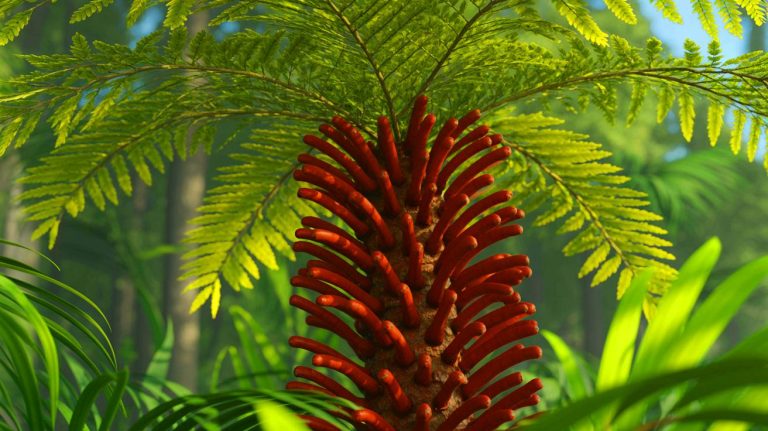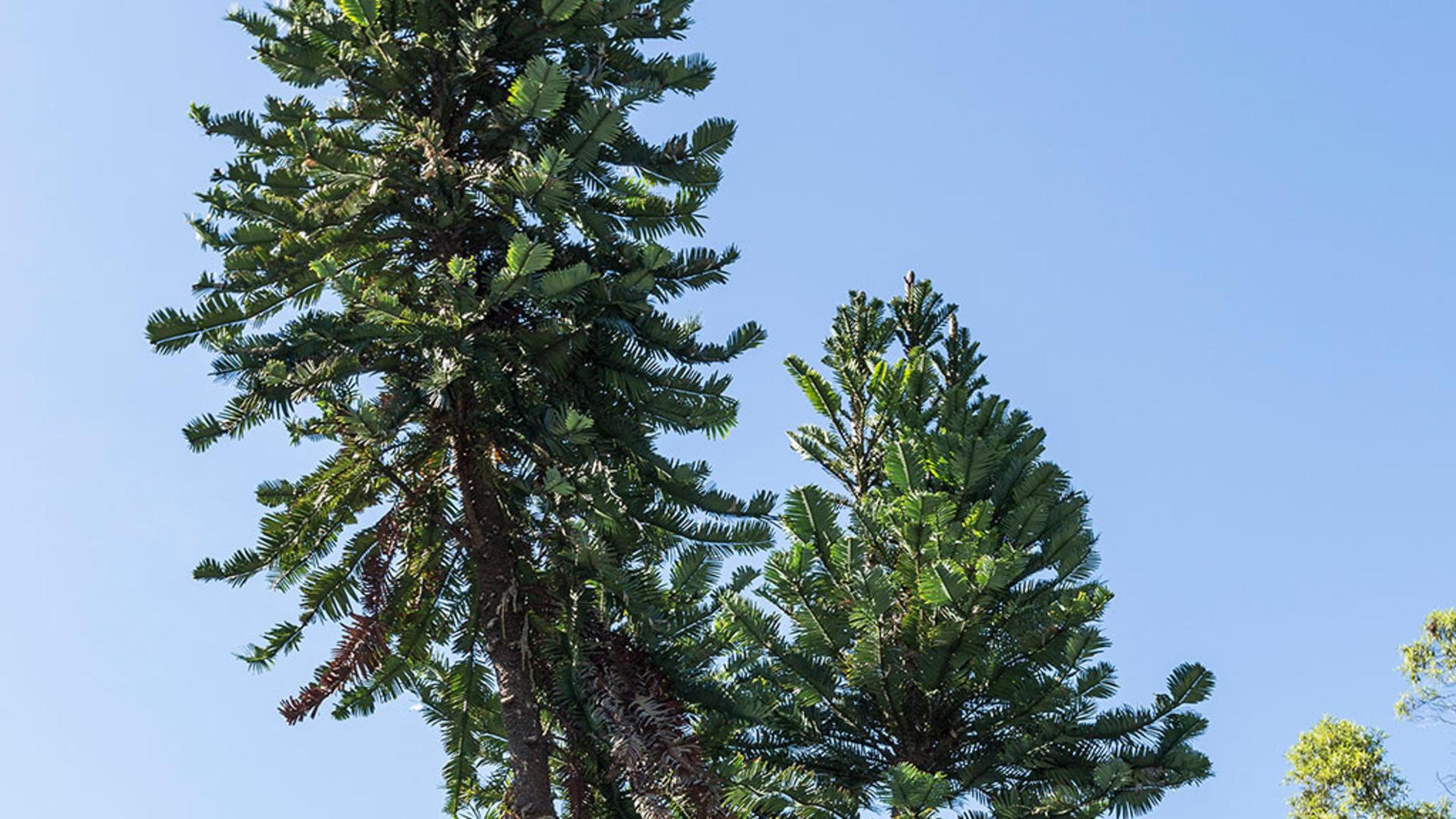| IN A NUTSHELL |
|
The Wollemi pine, often referred to as the “dinosaur tree,” has captured the imagination of conservationists and nature enthusiasts alike. Known for its ancient lineage, this tree species dates back 200 million years and was thought to be extinct until its rediscovery in the 1990s. Recent conservation efforts have resulted in a groundbreaking development: the successful breeding and fruiting of these ancient trees, offering a glimmer of hope for their survival. As these efforts continue to gain momentum, the world watches with bated breath to see if these living fossils can be preserved for future generations.
The Remarkable Rediscovery
The Wollemi pine’s rediscovery is one of the most extraordinary botanical finds of the 20th century. Found by David Noble in 1994, these trees were thriving in a remote part of Wollemi National Park in New South Wales, Australia. Previously thought extinct for over 70 million years, the discovery of these trees in their natural habitat was akin to finding a living fossil. With only 46 adult trees and 43 juveniles remaining in the wild, their rarity makes them a global treasure.
These ancient conifers, with their unique deep-red, bubbly bark and fern-like leaves, are a sight to behold. However, their survival in the wild is threatened by catastrophic fires and human disturbances. The devastating fires of 2019-2020 destroyed a significant portion of the wild population, emphasizing the urgent need for conservation. The discovery of these trees has spurred international efforts to save them, highlighting the importance of preserving our planet’s natural history.
Genetic Marvel Unveiled: These ‘Woolly Mice’ Bred from Mammoth DNA Stun Scientists Worldwide
Conservation Efforts and Challenges
In response to the threats facing the Wollemi pine, conservationists have embarked on a mission to secure the future of this ancient species. Breeding programs have been established to create genetically diverse populations of Wollemi pines, ensuring their resilience against climate change and other environmental challenges. These efforts have led to the establishment of a “metacollection,” a group of bred trees distributed to botanical gardens worldwide.
One of the most significant achievements in these efforts was the recent fruiting of a Wollemi pine in England. This development provides a pathway for the next generation of trees, offering hope that these ancient giants can be propagated and preserved. However, the challenges remain significant, with climate change continuing to pose a threat to their survival. Conservationists are working tirelessly to mitigate these threats, ensuring that the Wollemi pine can thrive once more.
The Global Impact of Conservation
The conservation of the Wollemi pine has captured the world’s attention, with efforts to save the species resonating across the globe. The tree has made appearances in prestigious venues such as the Musée de Quai Branly in France, showcasing its importance as a symbol of natural history. Botanical gardens worldwide have become custodians of these ancient trees, working to ensure their survival and educate the public about their significance.
One particularly inspiring story comes from Pear Tree Cottage in England, where a Wollemi pine has successfully produced fruit. Pamela Thompson, the owner and head gardener, expressed her excitement at the prospect of propagating seedlings from one of the world’s rarest trees. This development is a testament to the success of global conservation efforts and highlights the potential for future generations to witness the majesty of these ancient trees.
A Future for the Dinosaur Tree
The future of the Wollemi pine depends on continued conservation efforts and global cooperation. As we face the challenges of climate change and environmental degradation, the preservation of this ancient species serves as a reminder of the importance of protecting our planet’s biodiversity. The successful breeding and fruiting of Wollemi pines offer hope, but the journey is far from over.
As we look to the future, the question remains: can we ensure the survival of the Wollemi pine and other critically endangered species in a rapidly changing world? The challenge is immense, but the potential rewards are even greater. By preserving these ancient trees, we not only protect a vital part of our natural heritage but also inspire future generations to care for the world around them. What steps can we take as individuals and communities to contribute to the conservation of our planet’s most precious natural wonders?
Did you like it? 4.6/5 (30)









Wow, a dinosaur tree! 🌲 It’s like bringing Jurassic Park to life without the dinos. Awesome!
How did they manage to breed these trees after so long? 🤔
Is this tree available for planting in private gardens? I’d love one in my backyard!
Incredible breakthrough, but how will they protect them from climate change?
Can this tree walk like the dinosaurs? 😜
Thanks for the informative article! It’s amazing what conservation can achieve.
Are there any plans to reintroduce these trees into their natural habitat?
What are the chances of these trees surviving in the wild without human intervention?
Hope they don’t go extinct again! 😅
What’s next? Bringing back the dodo bird? 🦤
Are there any other “living fossils” that have been discovered recently?
Why is it called the “dinosaur tree”? Does it roar? 😂
This is a huge win for conservationists worldwide. Thank you!
Can anyone visit these trees in the wild, or are they protected?
Hope they taste better than they look! 😜
How does this affect the ecosystem where they’re planted?
I’m skeptical. How do we know these are the real deal?
Is there any commercial interest in these trees?
Why haven’t we heard more about this amazing discovery?
Gotta love science! 👩🔬
How will they ensure genetic diversity in these bred trees?
Are there any other trees with such an ancient lineage?
Great work, scientists! 🌍
Hope they can survive the next wildfire season. 🔥
What can individuals do to support the conservation of such species?
Do these trees have any medicinal properties?
Can these pines be used for timber, or are they solely for conservation?
Why did it take so long to breed them successfully?
Do they have any natural predators or threats besides humans?
It’s like a living piece of history! 📜
Are there any plans to use these trees for reforestation projects?
How many of these trees exist now?
Fascinating! Does this mean we might see more “extinct” species come back?